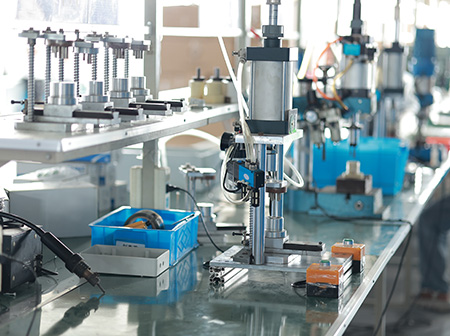The IP rating is crucial for choosing the right distribution box, as it directly determines the device's dust and water resistance. Many people are unsure what these ratings mean or which option best meets their needs. This article explains the key points and clears up some confusion.
IP ratings consist of two digits after the letters "IP", each with a specific meaning.
The first digit measures dust protection, ranging from 0 to 6. A higher number means better dust resistance—for example, a rating of 5 means the device keeps out most dust, while 6 indicates complete dust tightness.
The second digit refers to water resistance, ranging from 0 to 9K. Common levels include 4 (resistant to splashing water) and 6 (resistant to powerful water jets), which are frequently associated with Distribution Box models.

Different IP combinations serve distinct protective purposes, making them fit for specific environments:
IP30: Protects against large dust particles and no water resistance. Ideal for indoor dry, clean spaces like server rooms where dust is minimal and water exposure is impossible.
IP40: Blocks small objects and dust, still not water-resistant. Suitable for indoor areas like office ceilings or utility closets with slight dust.
IP54: Keeps out most dust and resists splashing water from any direction. Perfect for humid indoor spaces such as kitchens, basements, or laundry rooms.
IP55: Offers full dust protection and defends against low-pressure water jets. Fits semi-outdoor spots like covered patios or garage corners exposed to occasional spray.
IP65: Completely dust-tight and resists powerful water jets. Designed for open outdoor areas like gardens, construction sites, or rooftop installations.
IP66: Seals out all dust and withstands heavy water flooding. Used in harsh outdoor environments like storm-prone areas or industrial yards with frequent water washing.
A higher IP rating does not equal a better choice.
Higher protection often comes with a higher cost, which is unnecessary if the Distribution Box is used in a mild environment.
Additionally, some high-IP designs may limit heat dissipation. For Distribution Box units that generate significant heat, an overly sealed high-IP model could lead to overheating issues.
Maintenance is another factor: fully sealed high-IP Distribution Box may require special tools for opening, making routine checks more cumbersome. Choosing the rating based on actual needs balances protection and practicality.
Understanding IP ratings helps you select a Distribution Box that truly fits your environment. The first digit guards against dust, the second against water, and matching the rating to your usage scenario avoids overspending or insufficient protection.
If you’re looking for Distribution Box options tailored to different IP rating needs, visit our product page to explore models designed for various environments.

